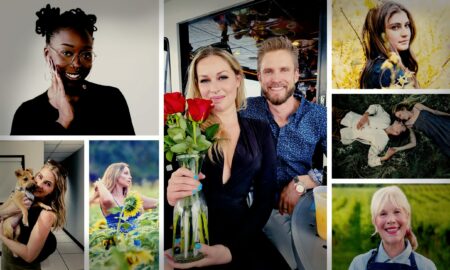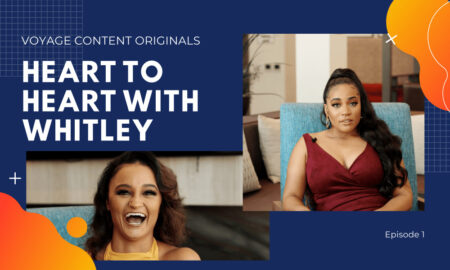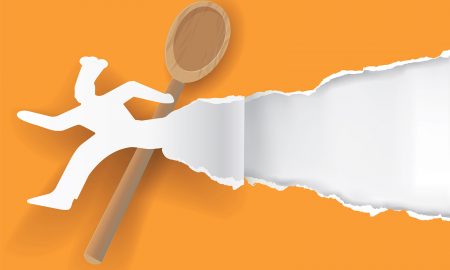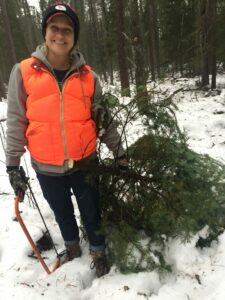 Today we’d like to introduce you to Jess Edberg.
Today we’d like to introduce you to Jess Edberg.
Hi Jess, we’re thrilled to have a chance to learn your story today. So, before we get into specifics, maybe you can briefly walk us through how you got to where you are today?
I’ve always been drawn to quiet, wild places and after studying agriculture in college, then working at a vet clinic for a year, I had the privilege of taking 6 months to hike the Appalachian Trail in 2001. When I returned, the world had changed significantly (post 9/11) and the work I had been doing was no longer an option. I decided to shift gears and focus on furthering my education and experience in wildlife research. I was offered an unpaid internship in far, northeastern Minnesota to build my field skills and fell in love with the remoteness and smallness of Ely. I continued working for the USGS Wolf and Deer Project for another season, moved on to a summer camp, was a barista as well as a bartender and then a housekeeper until I was hired as an intern at the International Wolf Center. I transitioned to an employee and spent 10 years as an environmental educator, animal handler, and an information services director teaching visitors in-person and virtually about the wolf’s role on the landscape. In 2014 I was looking for change and a challenge, and applied for a management position at the Dorothy Molter Museum where I then took over as the executive director in 2018. Dorothy’s unique story had always inspired me to follow my passions and it continues to provide guidance and confidence today.
I couldn’t stay away from educating and am also an adjunct instructor at Vermilion Community College where my passion for wildlife is fulfilled through teaching about Northwoods Megafauna.
I love that I was able to explore life and take the indirect path to where I am today. That too inspires me to continue being curious and take on new challenges.
I’m sure you wouldn’t say it’s been obstacle free, but so far would you say the journey have been a fairly smooth road?
I can’t say how smooth or rough my path was relative to others but I can say that it was challenging in providing opportunities for both growth and failure. Working multiple part-time jobs in the service industry has its own challenges but not having a secure, long-term employment strategy until I was hired full-time at the International Wolf Center required restraint when friends or relatives were planning vacations when I had no paid time off, or making sure I had enough in the bank to cover unexpected expenses such as vehicle repairs or uninsured medical bills as well as monthly rent and utilities. I think most young people (and not young people…) go through these experiences so mine aren’t unique in that respect but compared to folks who haven’t taken the “seasonal work” or “gig” path along their journey of employment, I’d say there were definitely a few bumps in the road. Again, like many others, experiencing personal loss of a dear family member was a major bump but also a big inspiration to live life to the fullest, in spite of those bumps.
As you know, we’re big fans of Dorothy Molter Museum. For our readers who might not be as familiar what can you tell them about the brand?
I’m incredibly proud of my work at the Dorothy Molter Museum, or DMM. Its mission is to preserve and interpret Northwoods wilderness heritage through learning opportunities inspired by Dorothy Molter, the last non-indigenous resident of the Boundary Waters Canoe Area Wilderness and the vision is to inspire the next generation of Northwoods stewards to make a significant contribution toward a better world through Dorothy’s legacy of perseverance, integrity and generosity. As we (at the Museum) continue to remember Dorothy and keep her spirit alive, we strive to embody the same principles that she espoused.
Perseverance to maintain long-term sustainability in an ever-changing social, political and financial climate. Integrity to maintain the highest degree of historical accuracy and visitor satisfaction. And generosity to be a positive, active and contributing member of the diverse communities we are a part of.
Each program I deliver, whether it’s to a classroom of 5th graders or an auditorium of lifelong learners, I feel a sense of responsibility to ensure that Dorothy is presented in a three-dimensional way – introducing her as an individual with complex emotions and opinions like all of us, rather than an historic figure-head or poster-child for the fight between the common man and the government. Of course, part of it is sharing Dorothy’s story in a way that doesn’t speak for her but rather provides a window in time for others to discover her.
We, humans, tend to want to speculate, either introspectively or verbally, why someone chooses to live a certain way or do things differently than we do. And although I try very hard to make sure I’m not presenting Dorothy’s life in a way that reveals my own bias, I do think it’s important for people to ponder why Dorothy chose a particular path in life, and then reflect on how she did it – both literally how she lived but also, how she was inspired and emboldened to do it in spite of the many obstacles that faced young women of her day.
Dorothy’s story is one of perseverance in the face of extreme adversity and fighting for what you believe in. There is inspiration and leadership in that story. Especially for young people and especially for young people that do not follow the heteronormative gender roles that are predominant in our society yet today.
Aside from the less-talked about challenges she may have faced socially – as a woman doing things that we know raised eyebrows – she was at the center of an incredibly contentious issue that polarized the Ely community. Even today, the issue of the Wilderness Act and its subsequent evolution are sensitive to discuss and bring up painful memories.
Dorothy’s story still matters today. People are often still held to those heteronormative gender roles in the workplace and in personal life. To many, Dorothy’s manner of dealing with those barriers both in the way she responded to those who questioned her choices and in the way she didn’t respond provide a real-life example and positive reinforcement. Dorothy’s story also reminds us that we must learn from our past. Such as how we judge people and their life choices, or developing and implementing land management plans. What worked well and what didn’t. How could we be more transparent, make our voices heard more effectively, or have difficult conversations about such polarizing issues without spiraling into a rabbit hole of animosity? Perhaps these are things we and our leaders could reflect more on and learn from.
Most lessons we learn in life come to us through a lens. I continually see others applying lessons from Dorothy’s life to their own and I can see this happening into the foreseeable future.
We’d be interested to hear your thoughts on luck and what role, if any, you feel it’s played for you?
To be honest, I’ve never really invested in the idea of luck. I do think that some experiences or situations are serendipitous such as meeting a future employer by serving them a pint while working as a bartender or a chance encounter with someone on a hiking trail that just happens to be selling their car for a really good price. I think life is too full of statistical evidence to prove that a person attracts good or bad things to them.
Pricing:
- Admission $4.50-$7
- Annual Memberships $10 and up
Contact Info:
- Email: jess@rootbeerlady.com
- Website: https://www.rootbeerlady.com/
- Instagram: https://www.instagram.com/knifelakelady/?fbclid=IwAR2vL8rV33LQ0jiuBxybns0n1tsQjjlo1h5cf3el7DT5_0wri2aseYGyRZE
- Facebook: https://www.facebook.com/DorothyMolterMuseum
- Twitter: https://twitter.com/knifelakelady?fbclid=IwAR1jium8ItyKHDOwhCnmlb28RqHZ53gPUdLYUO31aClutc8xMT7Dgjl1XZ0
- Youtube: https://www.youtube.com/channel/UC_Uqw7onmKEFb0dLSTJg9aA
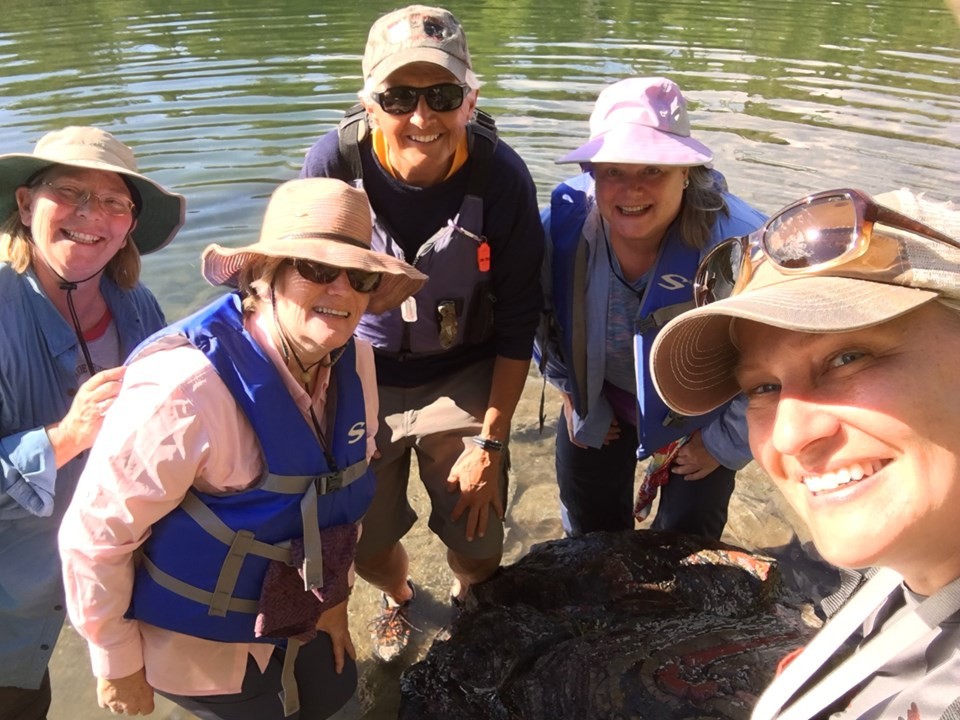
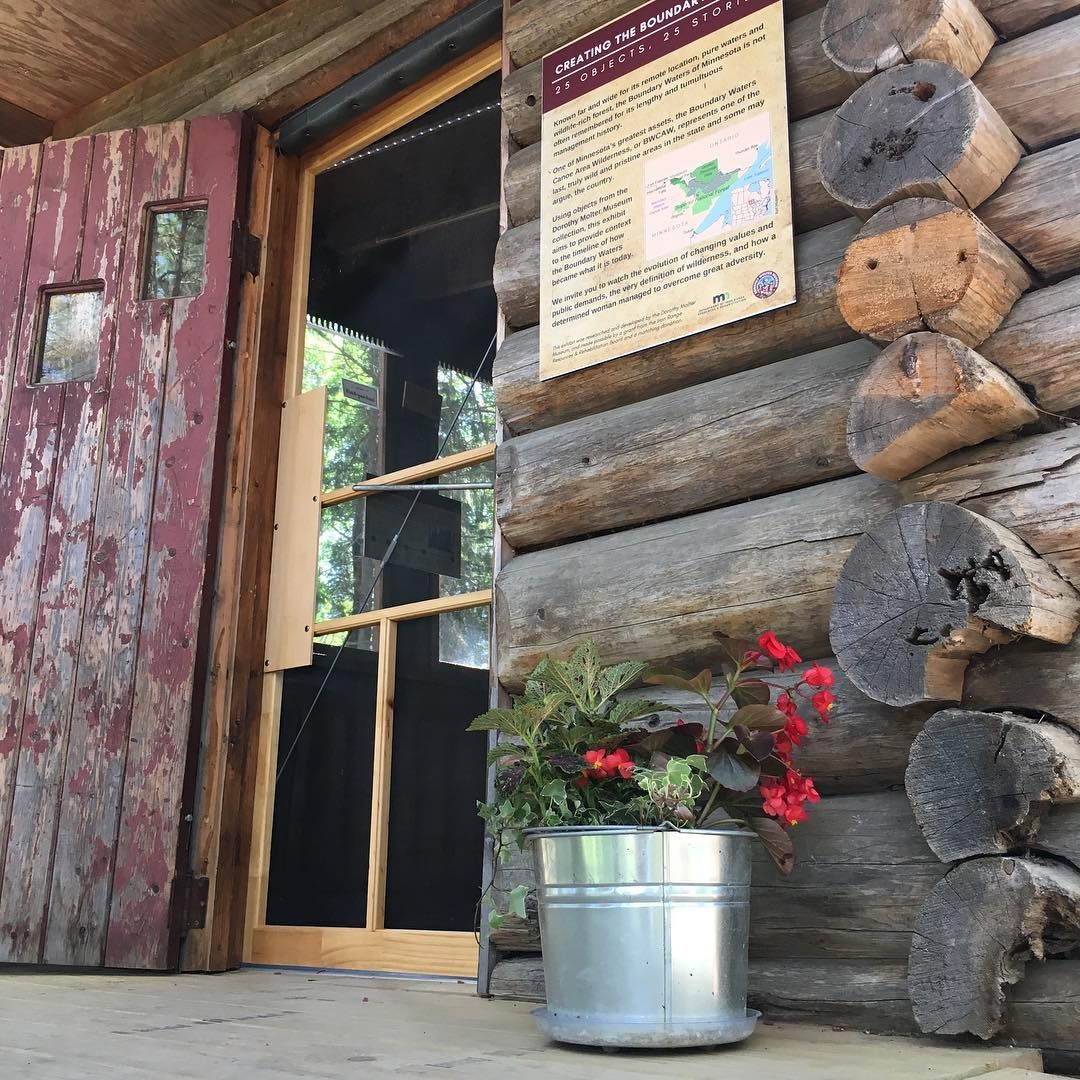
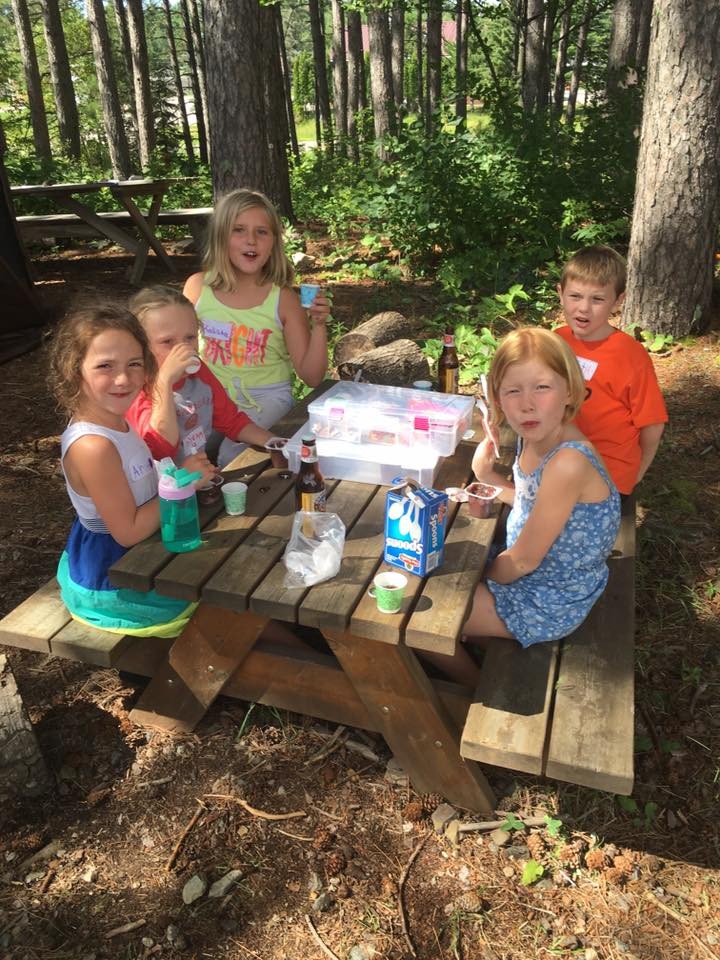
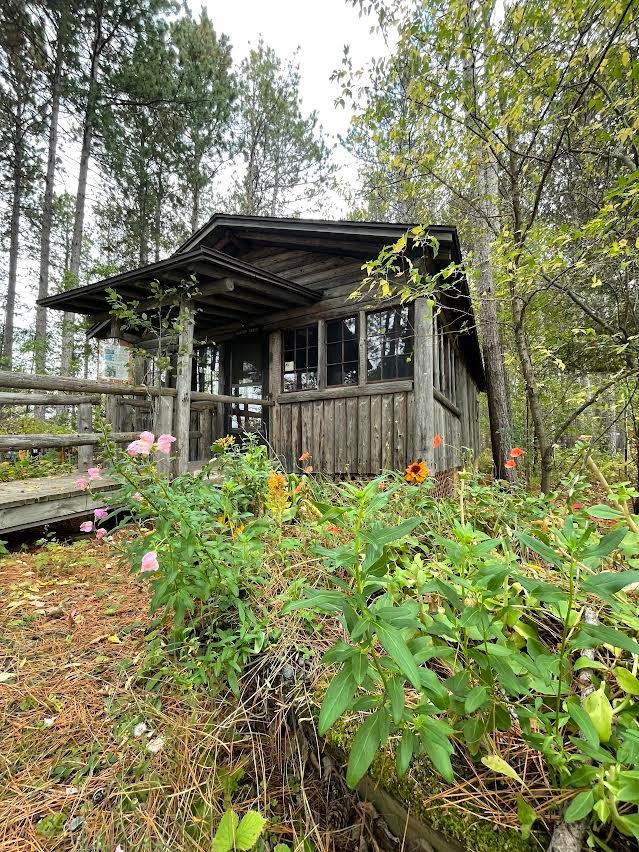
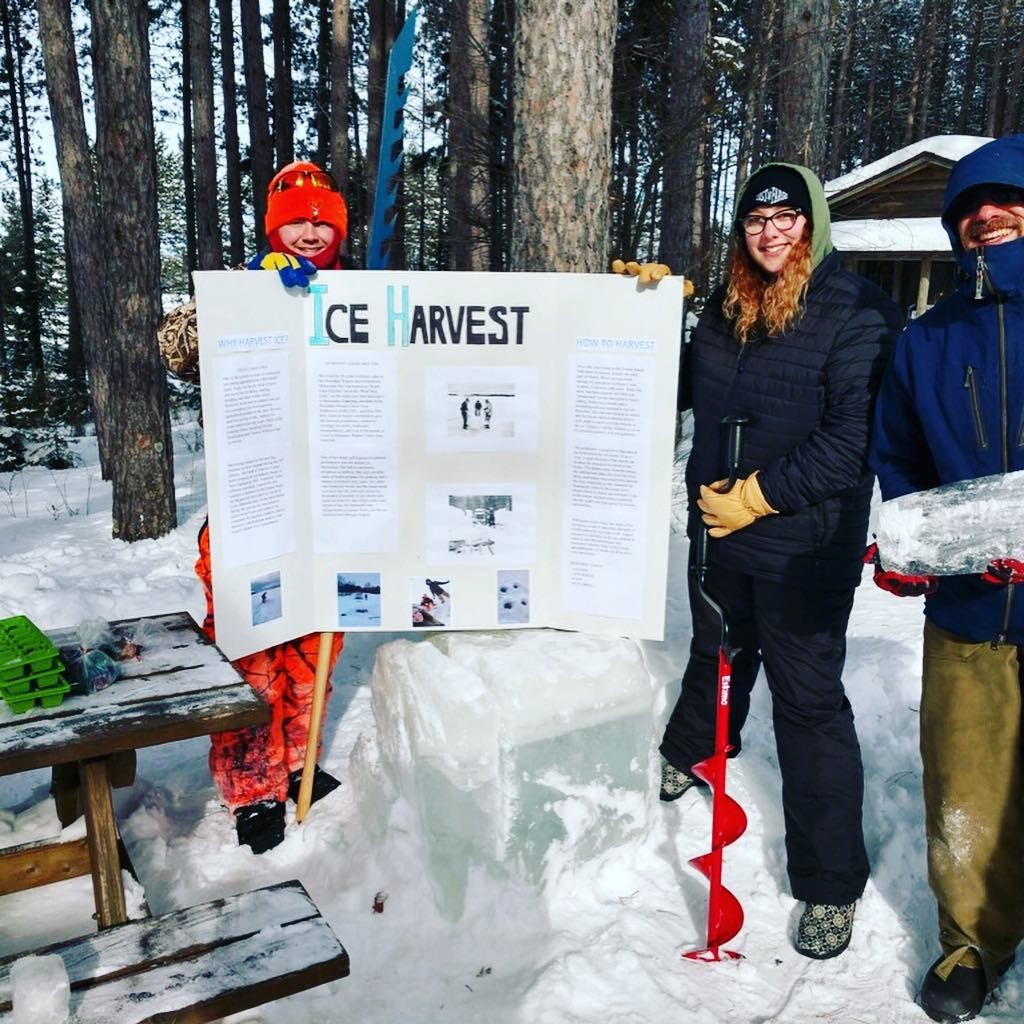
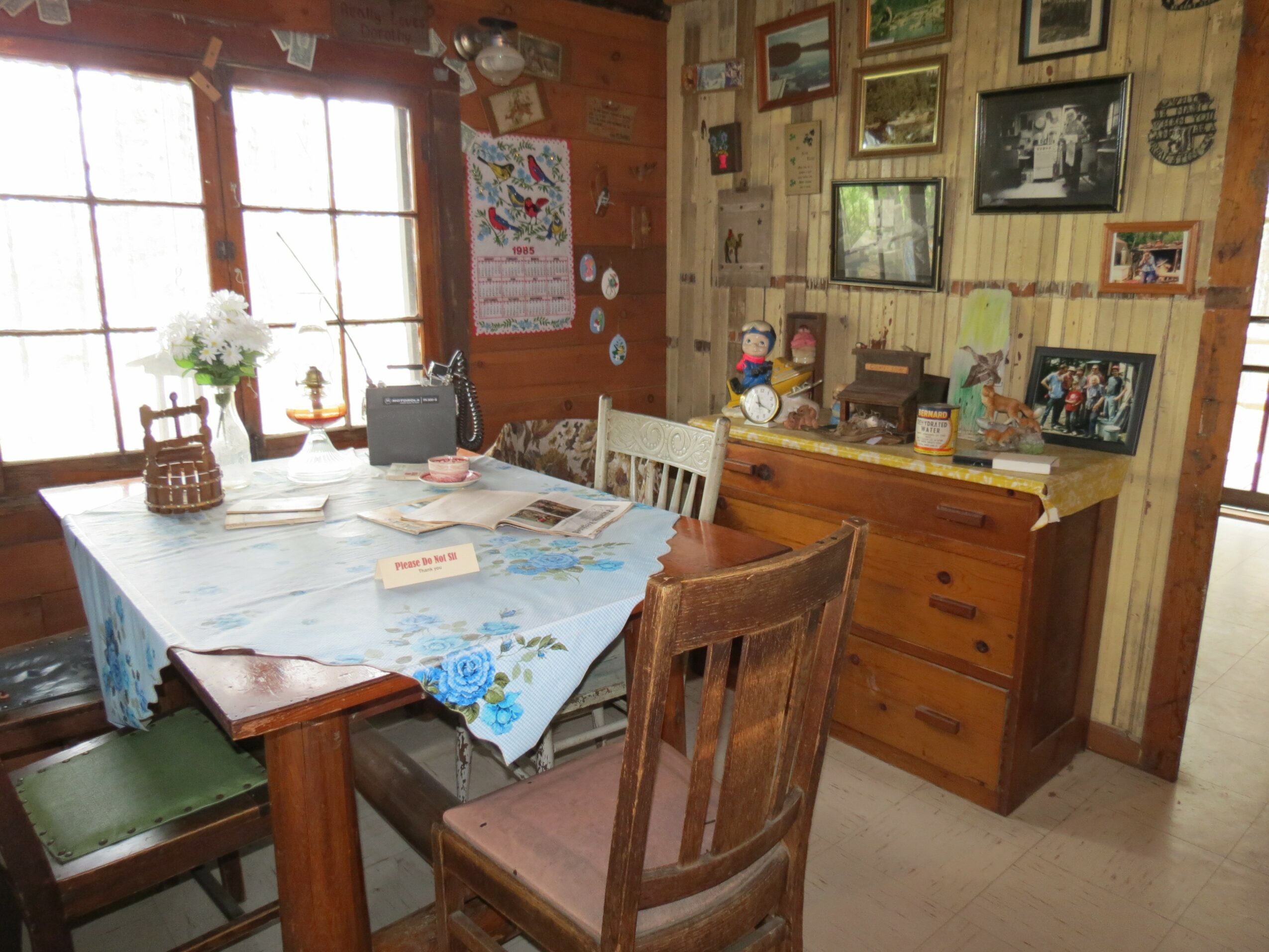
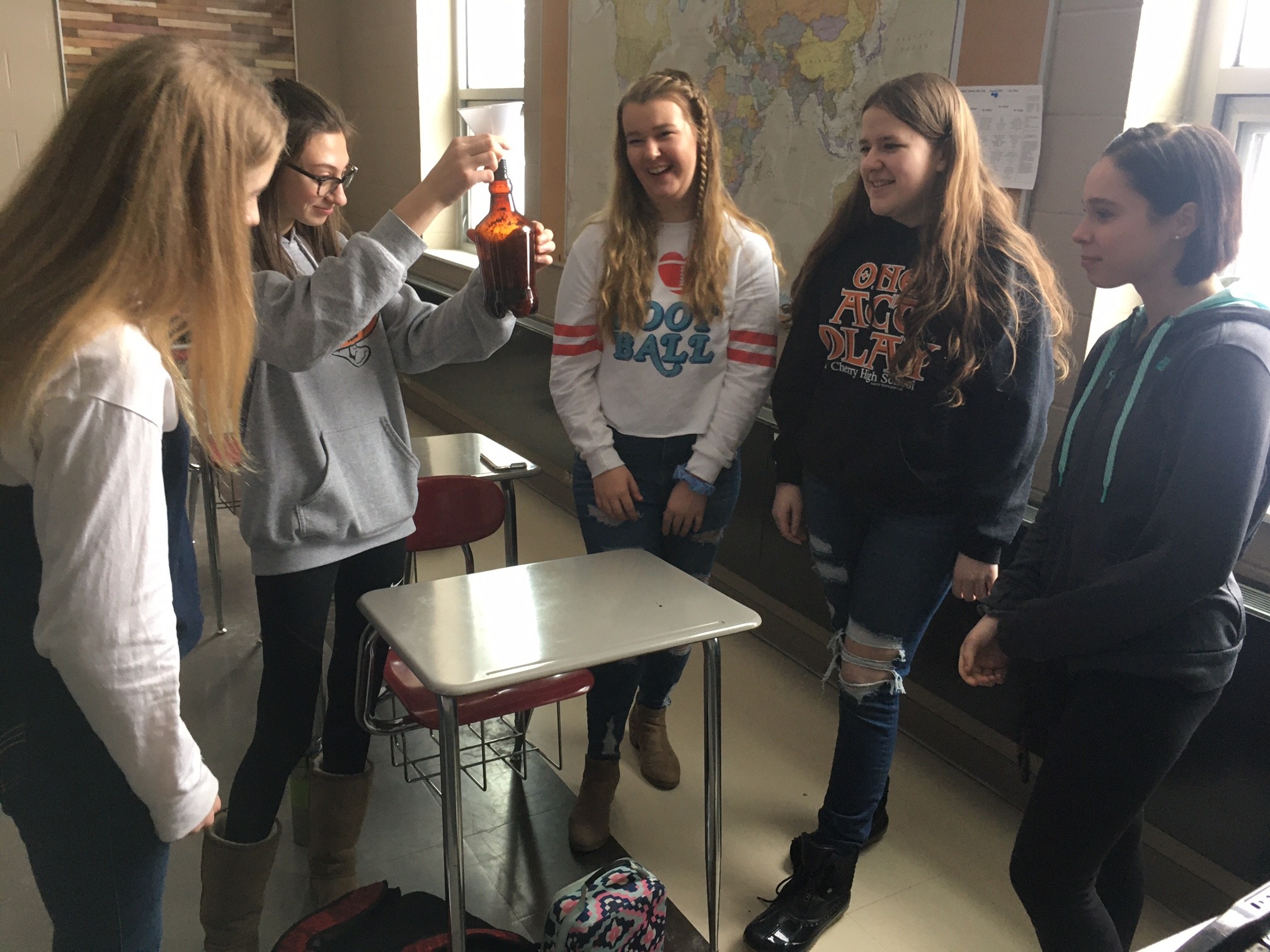
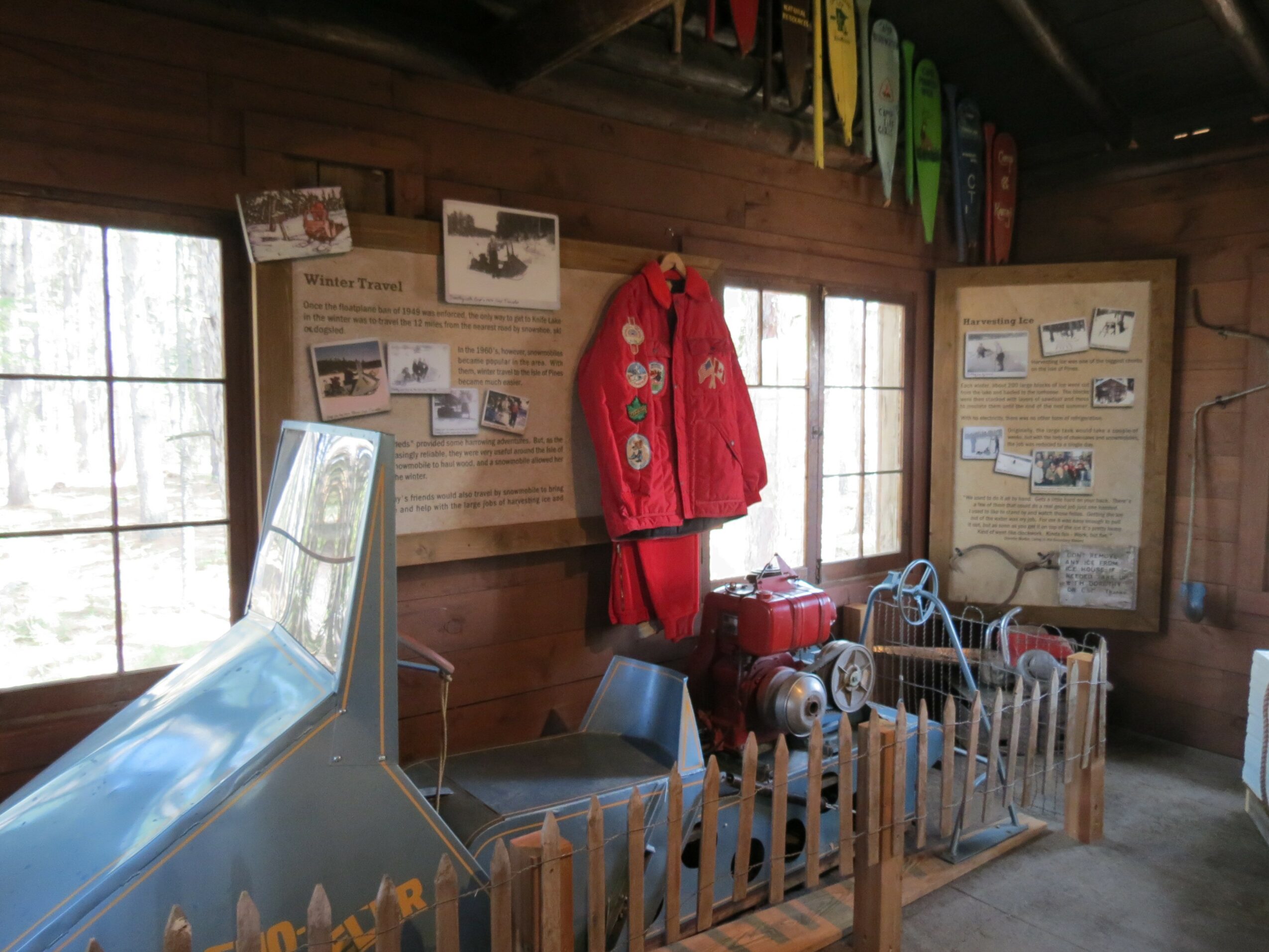
Image Credits
Dorothy Molter Museum
Suggest a Story: VoyageMinnesota is built on recommendations from the community; it’s how we uncover hidden gems, so if you or someone you know deserves recognition please let us know here.

